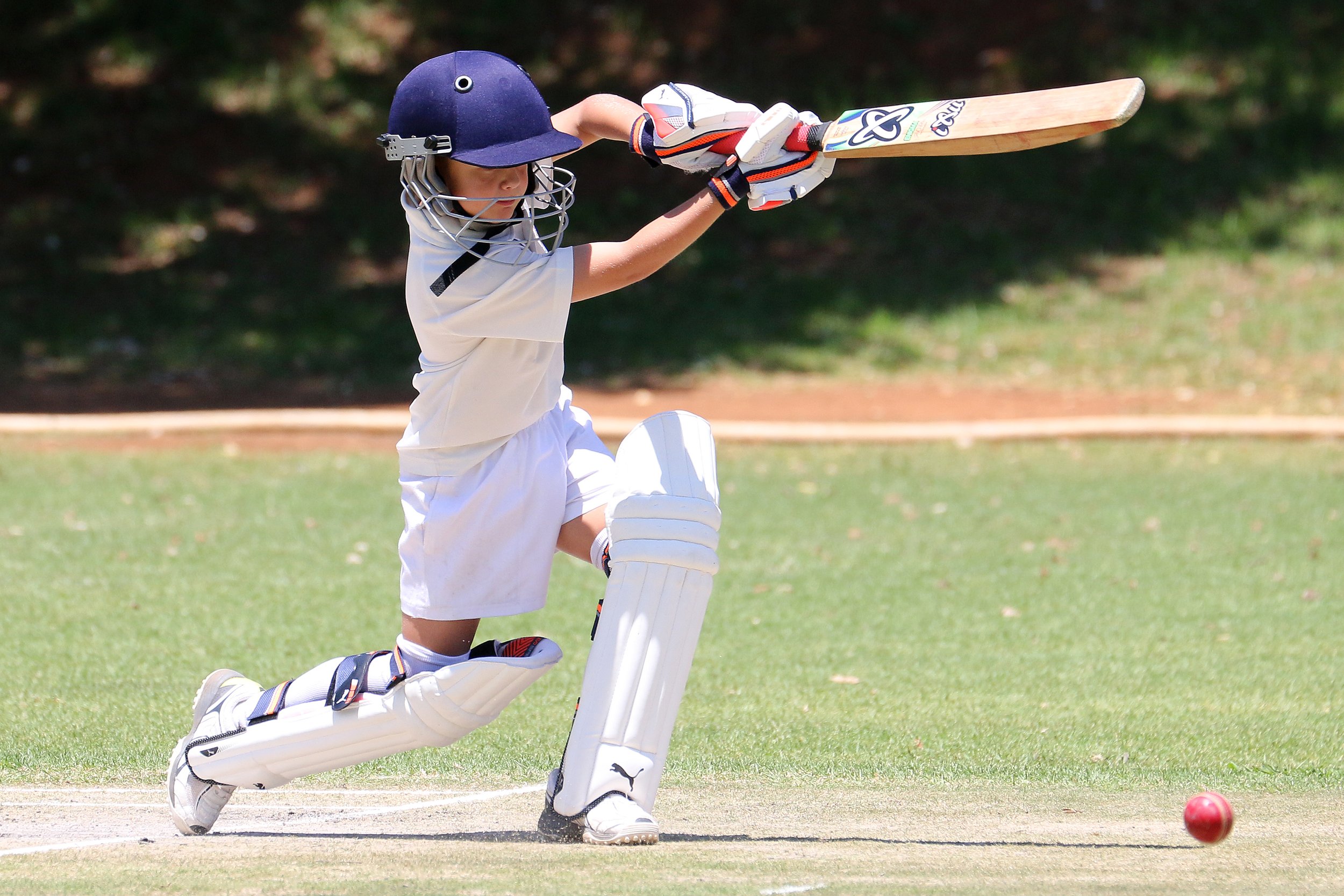How fast does a cricket ball travel off a bat? Unraveling the science of bat speed
Cricket, often referred to as the "gentleman's game," is a sport that combines skill, technique, and athleticism. One of the most thrilling aspects of cricket is the speed at which a cricket ball can travel off a bat. In this article, we will explore the factors that influence the speed of a cricket ball coming off a bat, from the player's skill to the quality of the bat.
The Role of Bat Speed
The speed at which a cricket ball travels off a bat is primarily determined by the bat speed. Bat speed refers to how fast a batsman can swing the cricket bat. The faster the bat speed, the greater the potential for the ball to be hit with power and velocity.
Factors Influencing Bat Speed
Several factors contribute to a batsman's ability to generate high bat speed:
1. Technique: A batsman's technique plays a pivotal role in bat speed. Proper footwork, balance, and hand-eye coordination are essential for generating power in the shot.
2. Strength: Physical strength is crucial for achieving high bat speed. Stronger muscles enable a batsman to swing the bat faster and generate more power.
3. Timing: The timing of the shot is critical. Hitting the ball at the right moment allows the batsman to transfer maximum energy from the bat to the ball.
4. Bat Weight: The weight of the cricket bat can impact bat speed. Batsmen often choose a bat weight that suits their strength and playing style.
The Quality of the Bat
The quality of the cricket bat also plays a significant role in determining how fast a ball travels off it. Bats are made from various types of wood, with English willow and Kashmir willow being the most common.
English Willow vs. Kashmir Willow
1. English Willow: Bats made from English willow are generally considered superior in terms of performance. They offer better power, control, and a larger sweet spot. A high-quality English willow bat can generate greater ball speed when struck correctly.
2. Kashmir Willow: Bats made from Kashmir willow are more affordable and suitable for amateur or recreational players. While they may not provide the same level of performance as English willow bats, they can still generate decent ball speed when used skillfully.
Impact of Ball Type and Pitch Conditions
The speed of a cricket ball coming off a bat can also be influenced by external factors, such as the type of ball being used and the conditions of the pitch.
Ball Type
1. Red Ball: In Test matches and some longer formats of the game, a red cricket ball is used. Red balls tend to swing more and offer more movement through the air, which can affect the speed at which they come off the bat.
2. White Ball: In limited-overs formats like One Day Internationals (ODIs) and Twenty20 (T20) matches, a white cricket ball is used. White balls are designed to have a harder and more pronounced seam, which can impact ball speed.
Pitch Conditions
1. Pitch Type: The type of pitch can influence ball speed. A flat and dry pitch tends to offer more pace and bounce, allowing the ball to come off the bat faster. Conversely, a slow and turning pitch may result in slower ball speed.
2. Pitch Moisture: The moisture content of the pitch can also play a role. A damp or green pitch may offer more assistance to fast bowlers, making it challenging for batsmen to generate high ball speeds.
Measuring Ball Speed
Advancements in technology have enabled the measurement of ball speed with precision. Two common methods for measuring ball speed off the bat are:
1. Radar Guns
Radar guns are commonly used in cricket to measure the speed of a ball as it leaves the bat. These devices use Doppler radar technology to calculate the speed of the ball in real-time, providing accurate data for analysis.
2. High-Speed Cameras
High-speed cameras are another tool used to measure ball speed. These cameras capture the entire trajectory of the ball from the moment it leaves the bowler's hand to when it makes contact with the bat. The data collected is then analyzed to determine ball speed.
Famous Cricket Shots and Ball Speed
Certain cricket shots are known for generating high ball speed when executed perfectly. Here are a few examples:
1. Straight Drive
The straight drive is a classic cricket shot that involves hitting the ball straight down the ground. When played with precision, this shot can result in a high-speed delivery racing to the boundary.
2. Pull Shot
The pull shot is used to dispatch short-pitched deliveries towards the leg side. A well-timed pull shot can send the ball speeding to the boundary or even over it.
3. Cover Drive
The cover drive is an elegant and powerful shot that involves hitting the ball through the covers. When executed correctly, it can result in a rapid outfield race.
Conclusion
The speed at which a cricket ball travels off a bat is influenced by various factors, including bat speed, the quality of the bat, ball type, pitch conditions, and the skill of the batsman. The interplay of these elements determines the outcome of a cricket shot, whether it's a graceful cover drive or a thunderous pull shot.
As the game of cricket continues to evolve, batsmen strive to maximize their bat speed and harness the power of their cricket bats to send the ball racing across the field. Whether you're a professional cricketer or a passionate amateur, understanding these factors can enhance your appreciation for the science and artistry of cricket.
